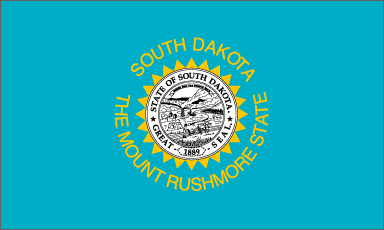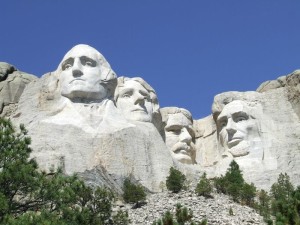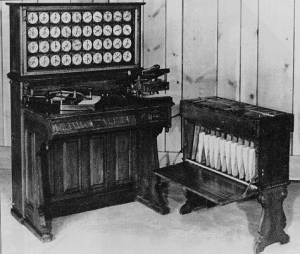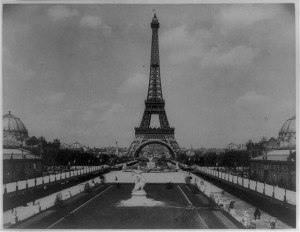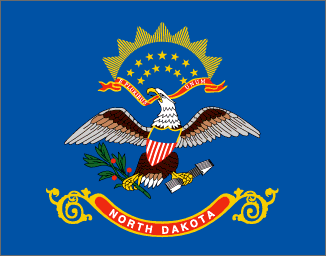
North Dakota Flag
North Dakota became the thirty-ninth state of the United States in 1889. The state ranks seventeenth in area and forty-seventh in population. Its nicknames include the Sioux State, the Peace Garden State, and the Flickertail State. Bismarck is the state capital. North Dakota is the nation’s leading producer of wheat, and it has large reserves of lignite coal and natural gas.
